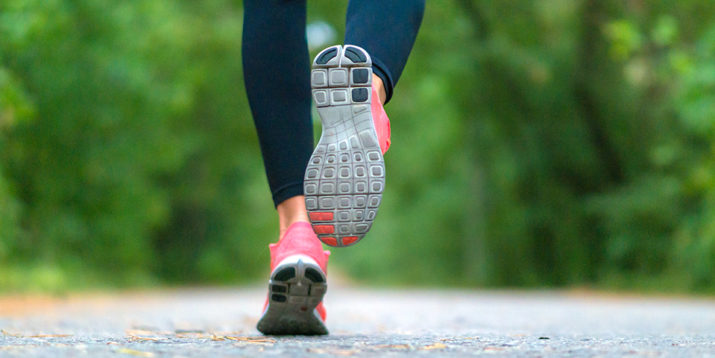Everything You Need to Know About a 5K Run

Whether you’re an experienced runner or a beginner, setting a goal to finish a 5K is a great way to keep yourself motivated.
If a 5K run is on your fitness bucket list, you may be wondering where to start. How long do you need to train for a 5K? What’s considered a “good” pace? And how can you improve your time?
If you’re considering taking on a 5K, here are some basics to get you started.
How Many Miles is a 5K Run?
Race distances are often measured in kilometers instead of miles. The “K” stands for kilometers, and five kilometers equates to 3.1 miles.
To put that distance in perspective, a 5K works out to 12.5 laps around a standard 400-meter track.

What’s the Average Time to Run a 5K?
For any race distance, there will be a wide range of finishing times, and a 5K run is no different.
Coaches suggest starting at an easier pace and building up speed slowly. If you maintain a steady 12 minute-per-mile pace, which translates to 5 m.p.h. on the treadmill, you’ll finish a 5K run in around 37 minutes.
If you’re running often, you’ll probably notice your pace improving as your muscles become more efficient — especially if you’re following a running program like 30 Day Breakaway that pushes you to get faster, stronger, and more fit.
As you get faster, your finish time may fall below 30 minutes — but not always. Some people enjoy running at an easy pace, and that’s completely fine.
Training for a 5K should be a fun challenge, not a chore that needs to get done.
If you love running for speed, go for it. If you prefer to go slower and focus on your form, that’s great, too.

How Do You Run a Faster 5K?
It might seem like the obvious answer is to just … run faster. But if you run at a pace that’s too challenging for you, it may throw off your form, says New York-based certified running coach Meg Takacs.
A better strategy is to increase your speed gradually while focusing on proper running mechanics and alignment.
Warmups and cooldowns can also help to improve efficiency.
“For warmups, you want to focus on dynamic stretching to get your body used to the impact of running,” Takacs says. “Afterward, do static stretches as a cooldown.”
Takacs recommends adding other mobility builders and cross-training into your weekly workout routine.
“Often, it’s what you do when you’re not running that helps you increase your speed and distance because you’ve built strength, flexibility, and power in a way that helps when you run,” she explains.
How Do You Train for a 5K Run?
Being part of a structured program can definitely help with training, says track-and-field athlete Idalis Velazquez, Beachbody Super Trainer, and creator of 30 Day Breakaway.
That can also help take the guesswork out of when you should run and for how long, she adds.
In general, Velazquez recommends choosing a 5K run that’s a few months away. Then work backward to create a training schedule that gives you plenty of time to prepare.
The most important advice, she notes: Don’t rush it.
Trying to add distance and speed too quickly can put you at higher risk for injury — particularly overuse issues like shin splints, hip pain, and knee pain — so if you’re feeling problems like those when you run, be sure to add in more recovery time and adjust your training to be more gradual.
